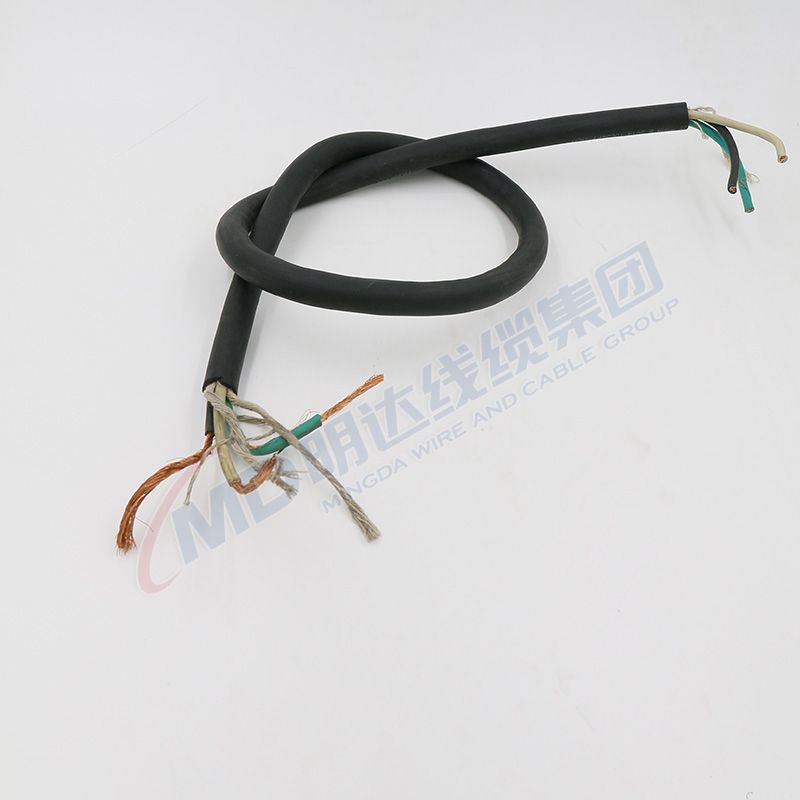10 月 . 19, 2024 10:07 Back to list
Enhanced Performance of Actuated Butterfly Valves for Efficient Fluid Control Systems
The Butterfly Valve with Actuator An Overview
Butterfly valves are essential components in various industries, used for regulating and controlling the flow of liquids and gases. Known for their simple yet effective design, these valves utilize a rotating disc that can be positioned to allow or restrict flow. When combined with an actuator, butterfly valves become significantly more versatile and efficient, enhancing their application in automated systems.
Structure and Functionality
A butterfly valve consists of a circular disc mounted on a shaft, which is situated within a pipe. When the valve is closed, the disc is perpendicular to the flow, effectively obstructing it. Conversely, when the valve is opened, the disc rotates parallel to the flow direction, allowing liquid or gas to pass with minimal resistance. This design ensures that butterfly valves are relatively compact, making them ideal for applications where space is limited.
The actuator, which can be electric, pneumatic, or hydraulic, plays a crucial role in automating the operation of the butterfly valve. By converting energy from a specific source into mechanical motion, actuators enable remote control and precise tuning of the valve's position. This automation enhances safety and efficiency, particularly in environments where manual operation would be impractical or hazardous.
Types of Actuators
There are three primary types of actuators used with butterfly valves
1. Electric Actuators These are highly versatile and can be powered readily from a standard electrical supply. Electric actuators provide precise positioning and can be easily integrated with control systems, allowing for remote monitoring and operation. They are ideal for applications requiring frequent adjustments.
2. Pneumatic Actuators Utilizing compressed air, pneumatic actuators offer rapid opening and closing capabilities. They are commonly used in situations where quick response times are essential, such as in emergency shut-off applications. Pneumatic actuators are often preferred for their robustness and ability to function in challenging environments.
butterfly valve with actuator

3. Hydraulic Actuators These provide significant force and are suitable for applications requiring high torque. Hydraulic actuators are often employed in heavy-duty industrial settings, where valves must endure high pressures and heavy loads.
Advantages of Butterfly Valves with Actuators
Combining butterfly valves with actuators results in several noteworthy advantages
- Space Efficiency Butterfly valves require less space compared to other valve types, making them ideal for compact installations. When paired with actuators, they maintain a streamlined profile while enhancing operational efficiency.
- Energy Savings Actuators, particularly electric ones, allow for precise control over the valve’s position, reducing energy wastage and optimizing flow management.
- Reduced Maintenance The design of butterfly valves inherently minimizes wear and tear, and the incorporation of actuators can further streamline maintenance processes. Automated systems reduce the need for human intervention, leading to lower operational costs and increased safety.
- Improved Process Control Automated butterfly valves enable better control over process variables, such as flow rate and pressure. This accuracy enhances system reliability and performance, leading to improved overall efficiency.
Conclusion
In summary, butterfly valves equipped with actuators are integral to modern fluid control systems, offering a combination of simplicity, efficiency, and automation. Their versatile applications across various industries—from water treatment to petrochemicals—demonstrate their importance in maintaining optimal flow and process conditions. As technology continues to evolve, the integration of advanced actuation mechanisms will likely further enhance the capabilities and performance of butterfly valves, paving the way for innovation in flow management solutions.
Share
-
Understanding the Differences Between Wafer Type Butterfly Valve and Lugged Butterfly ValveNewsOct.25,2024
-
The Efficiency of Wafer Type Butterfly Valve and Lugged Butterfly ValveNewsOct.25,2024
-
The Ultimate Guide to Industrial Swing Check Valve: Performance, Installation, and MaintenanceNewsOct.25,2024
-
Superior Performance with Industrial Swing Check Valve: The Essential Valve for Any SystemNewsOct.25,2024
-
Industrial Swing Check Valve: The Ideal Solution for Flow ControlNewsOct.25,2024
-
You Need to Know About Industrial Swing Check Valve: Functionality, Scope, and PerformanceNewsOct.25,2024